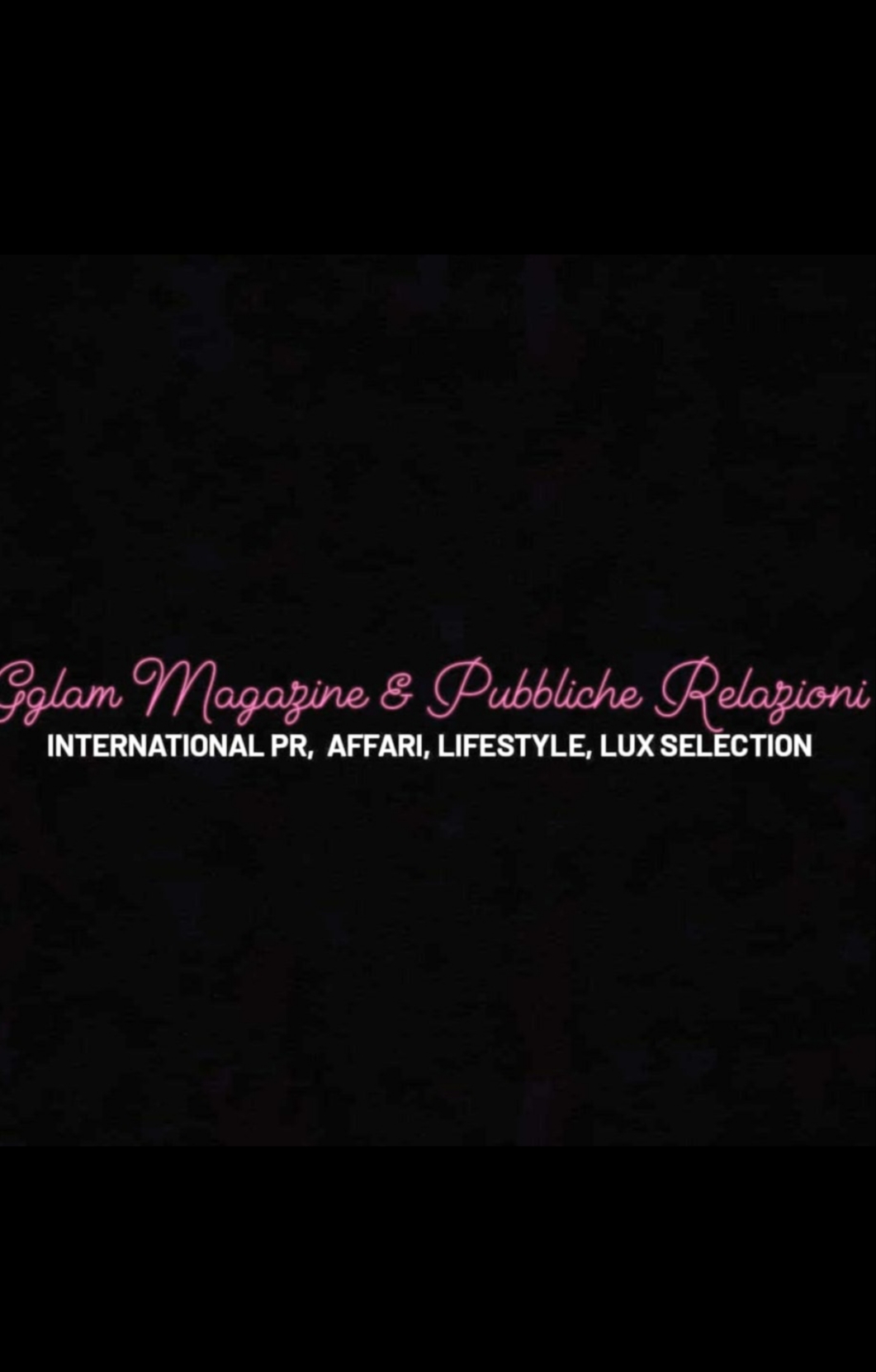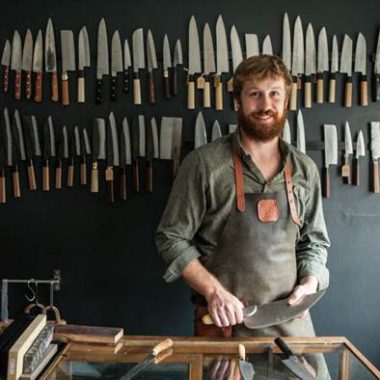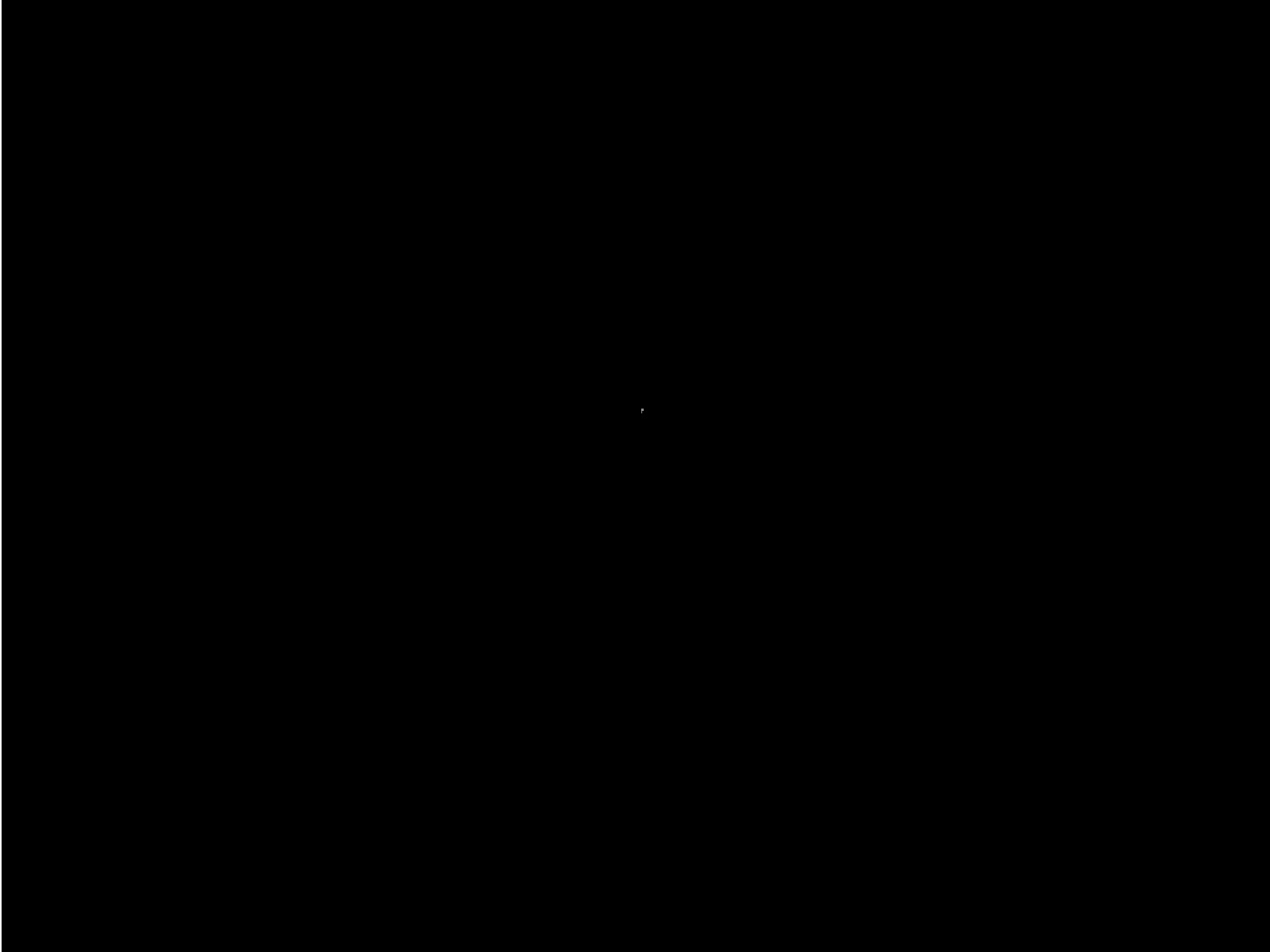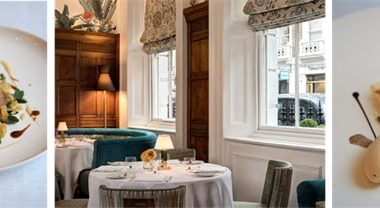New Exhibition at the V&A – FOOD: Bigger than the Plate – Tickets Now on Sale

I am very excited to be able to announce a major upcoming exhibition set to open in May at the V&A – ‘FOOD: Bigger than the plate’, a multisensory journey through the food cycle, making us question the choices we make when it comes to food (opening on 18th May 2019).
Highlights will include real cheese made from human bacteria (!), an Urban Mushroom Farm installation illustrating the idea of a circular economy by using waste coffee grounds from the museum’s café, the ‘Sausage of the Future’ a project looking a new range of sausage designs which could make more of a sustainable (and delicious) approach to eating protein and an initiative from ‘Company Drinks’ who will bring Londoners together to go hop picking in Kent – picking, processing and producing drinks of which samples will be served in the exhibition.
“Food is the most important material in the world.” Marije Vogelzang

FOOD: Bigger than the Plate will explore how innovative individuals, communities and organisations are radically re-inventing how we grow, distribute and experience food. Taking visitors on a sensory journey through the food cycle, from compost to table, it poses questions about how the collective choices we make can lead to a more sustainable, just and delicious food future in unexpected and playful ways.
The exhibition falls at a pivotal time where food and our relationship to it are topics of increasing global interest and debate. Featuring over 70 contemporary projects, new commissions and creative collaborations by artists and designers working with chefs, farmers, scientists and local communities, it will be split into four sections: ‘Compost’, ‘Farming’, ‘Trading’ and ‘Eating’. Taking a fresh, experimental and often provocative perspective, projects will present ideas and alternative food futures from gastronomic experiments to creative interventions in farming, with several exhibits physically growing in the gallery space.
‘Compost’ will showcase diverse projects that aim to create a more resilient food system by closing the nutrient loop and changing our perception of waste. Daily Dump’s pioneering system for home composting in India uses beautiful handcrafted terracotta pots to challenge the stigma of handling waste, whilst designer Fernando Laposse works with the discarded husks of colourful heirloom corn varieties in Mexico to create a new marquetry material, Totomoxtle, that supports agricultural biodiversity. GroCycle’s Urban Mushroom Farm installation in the gallery will illustrate the idea of a circular economy by using waste coffee grounds, including grounds from the V&A Benugo café, to grow edible Oyster mushrooms. Once fully grown, these will be harvested and taken back into the café to be served in selected dishes.
Exploring bold ideas to reinvent our relationships with the landscapes, organisms and people that yield our food, ‘Farming’ will look at innovative urban, open-source and social farming
projects, as well as exploring how new technologies might change the way we grow and farm the plants and animals we eat. These include a pedal-powered Bicitractor developed by Farming Soul to support small-scale farming, and a working version of MIT’s Food Computer, an open source controlled-environment platform that precisely replicates natural conditions to grow crops in unexpected places. The section will also feature a major new commission by artists Fallen Fruit who will create a bespoke 12-metre squared wallpaper for the museum. This will draw on the V&A’s collections and the horticultural history of the site – which was once an important nursery for fruit trees – to explore the past and contemporary role of fruit in creating shared culture.
‘Trading’ will pose questions about more transparent and diverse ways of buying, selling and transporting food. Early food adverts will shine a light on trading history, whilst contemporary exhibits will bring together projects that make supply chains visible – such as Banana Passport by Björn Steinar Blumenstein and Johanna Seeleman – and initiatives that reconnect consumers and producers in new ways. Company Drinks, a community enterprise in east London that brings people together to pick, process and produce drinks, will have a bar in the gallery serving drinks samples to exhibition visitors.
The pleasure of cooking and eating, and how a meal connects us culturally, socially and politically, will be explored through projects by Ferran Adrià, Michael Rakowitz, Lubaina Himid and Grizedale Arts among others. It will consider the role of the table, the challenges we face in feeding the world, and the power of deliciousness, as well as looking at scientific projects, ingredients and recipes which push the boundaries of ingenuity in cooking. Examples include Carolien Niebling’s The Sausage of the Future, and Christina Agapakis and Sissel Tolaas’ Selfmade project, culturing cheese from human bacteria to explore our relationship with the microbial world – prompting questions about our notions of taste. FOOD will display three Selfmade cheeses ‘grown’ from three well-known individuals for the exhibition, and the V&A will be calling on the public to nominate an individual via an Instagram Stories poll, launching tomorrow.
This timely exhibition draws on the V&A’s close links with food, including thirty historic objects from the V&A collections – influential early food adverts, illustrations and ceramics – providing further context to the exhibition. Built on the site of Brompton Nursery, the V&A housed an early food museum and over 150 years ago opened the world’s first purpose-built museum refreshment rooms. The V&A café, catered by Benugo, remains central to the museum, linking food culture and the visual arts.
Catherine Flood and May Rosenthal Sloan, co-curators of FOOD: Bigger than the Plate at the V&A, said: “Food is one of the most powerful tools through which we shape the world we live in, from how we create society, culture and pleasure to how we determine our relationship with the natural world. In an era of major ecological challenges, fast-changing societies and technological re-invention, now is a crucial moment to ask not just what will we be eating
tomorrow, but what kind of food future do we want? What could it look like? And taste like? Today, a wide range of inspiring creative practitioners are addressing these expansive questions. Putting food at the heart of the museum, this exhibition is an exciting opportunity to bring together some of the best of this work to explore food as rich ground for citizenship, subversion and celebration.”





